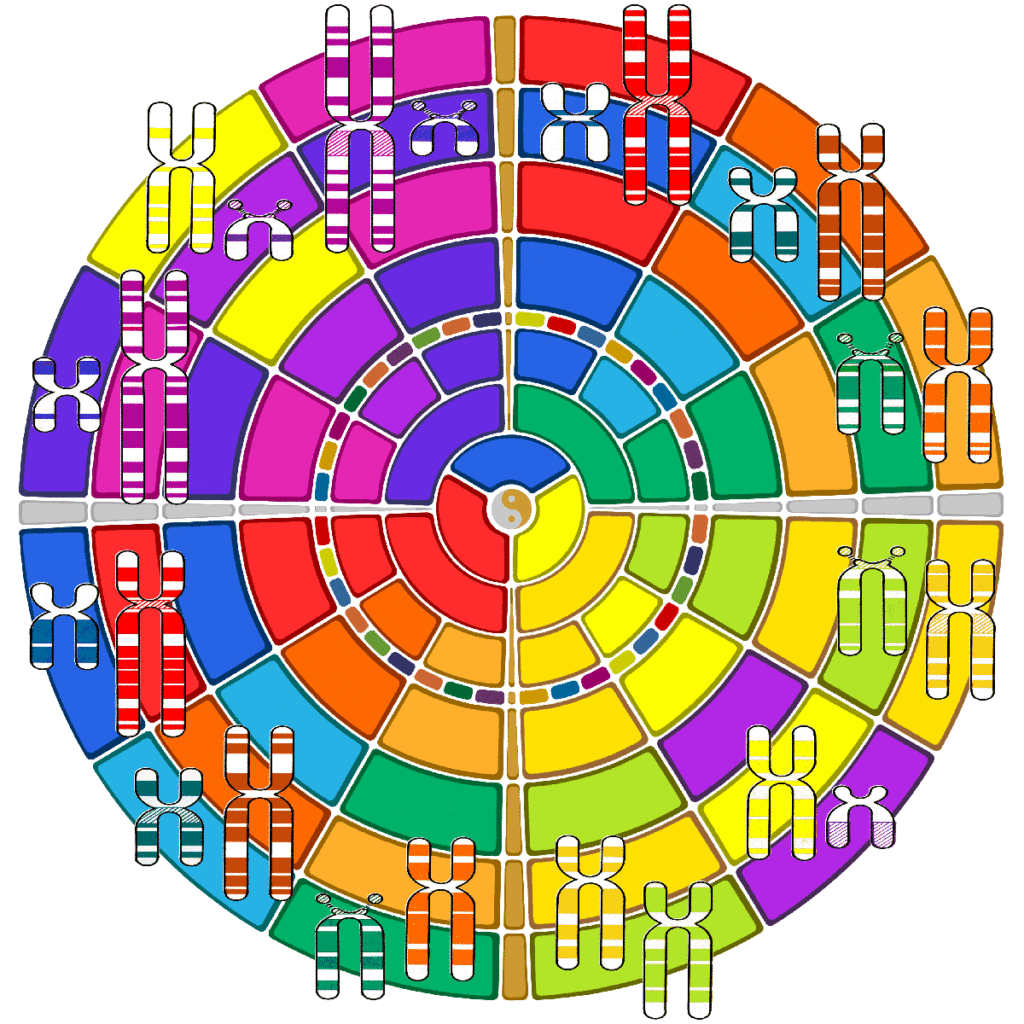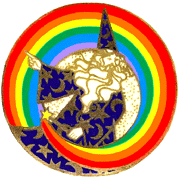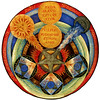Human Chromosomes

Assuming the diameter of the nucleus is 5-6 micrometers (um), then chromosome 1 (the largest) will be around 3 um and chromosome 22 (smallest) would be around 0.5 um. This would make the X chromosome around 2 um and the Y chromosome will be around 0.5 um.
Another example using Chromosome 1 gives base pairs: 247,000,000 x 0.36nm = 88,920 micrometers in uncondensed form. Wrapped around their histone support proteins during mitosis, a chromosome will reach its most condensed state, shrinking down to approximately 10 micrometers in length.
| Meter | Centimeter | Millimeter | Micrometer | Nanometer | Angstrom | Picometer |
|---|---|---|---|---|---|---|
| 100 m | 10-2 m | 10-3 m | 10-6 m | 10-9 m | 10-10 m | 10-12 m |
| 1 m | 0.01 m | 0.001 m | 0.000001 m | 0.000000001 m | 0.0000000001 m | 0.000000000001 m |
| 1/100 m | 1/1,000 m | 1/1,000,000 m | 1/1,000,000,000 m | 1/10,000,000,000 m | 1/1,000,000,000,000 m | |
| hundreth of a meter | thousandth of a meter | millionth of a meter | billionth of a meter | ten billionth of a meter | trillionth of a meter |
The mission of DNA is to evolve nervous systems capable of deciphering the mission of DNA.
– Timothy Leary






